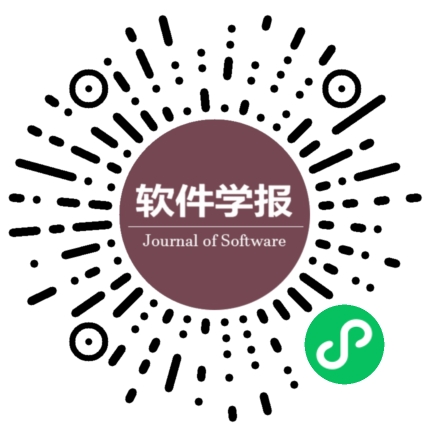智能网联汽车自动驾驶安全: 威胁、攻击与防护
CSTR:
作者:
作者单位:
作者简介:
通讯作者:
中图分类号:
基金项目:
国家自然科学基金(61931019)
Autonomous Driving Security of Intelligent Connected Vehicles: Threats, Attacks, and Defenses
Author:
Affiliation:
Fund Project:
引用本文
郗来乐,林声浩,王震,谢天鸽,孙玉砚,朱红松,孙利民.智能网联汽车自动驾驶安全: 威胁、攻击与防护.软件学报,2025,36(4):1859-1880
复制相关视频

分享
文章指标
- 点击次数:
- 下载次数:
- HTML阅读次数:
历史
- 收稿日期:2024-01-05
- 最后修改日期:2024-06-03
- 录用日期:
- 在线发布日期: 2024-12-18
- 出版日期: 2025-04-06
文章二维码

您是第位访问者
版权所有:中国科学院软件研究所 京ICP备05046678号-3
地址:北京市海淀区中关村南四街4号,邮政编码:100190
电话:010-62562563 传真:010-62562533 Email:jos@iscas.ac.cn
技术支持:北京勤云科技发展有限公司
版权所有:中国科学院软件研究所 京ICP备05046678号-3
地址:北京市海淀区中关村南四街4号,邮政编码:100190
电话:010-62562563 传真:010-62562533 Email:jos@iscas.ac.cn
技术支持:北京勤云科技发展有限公司



